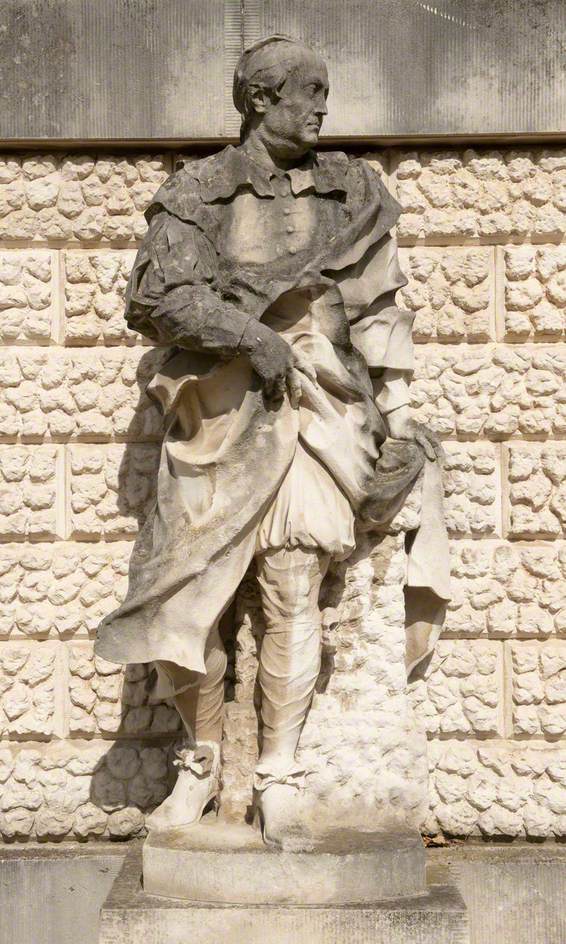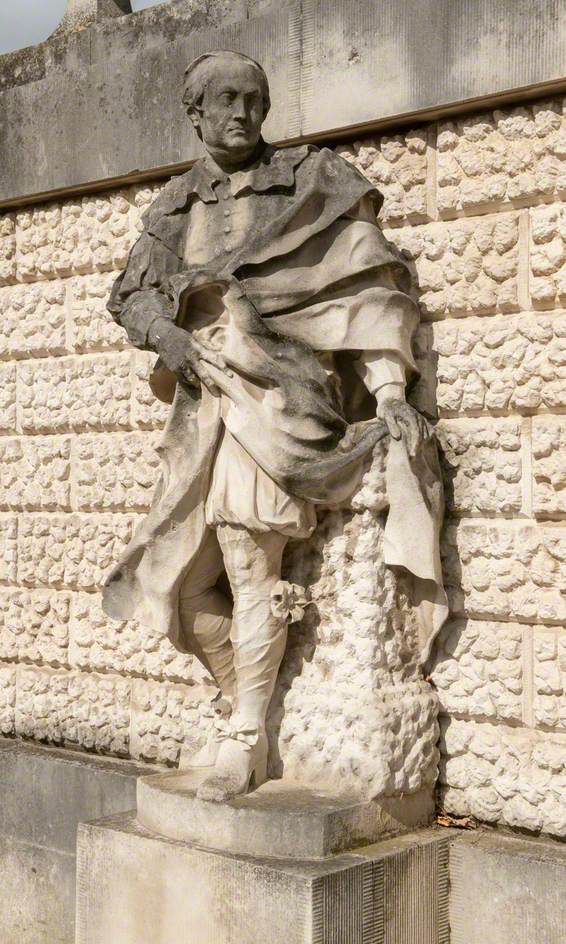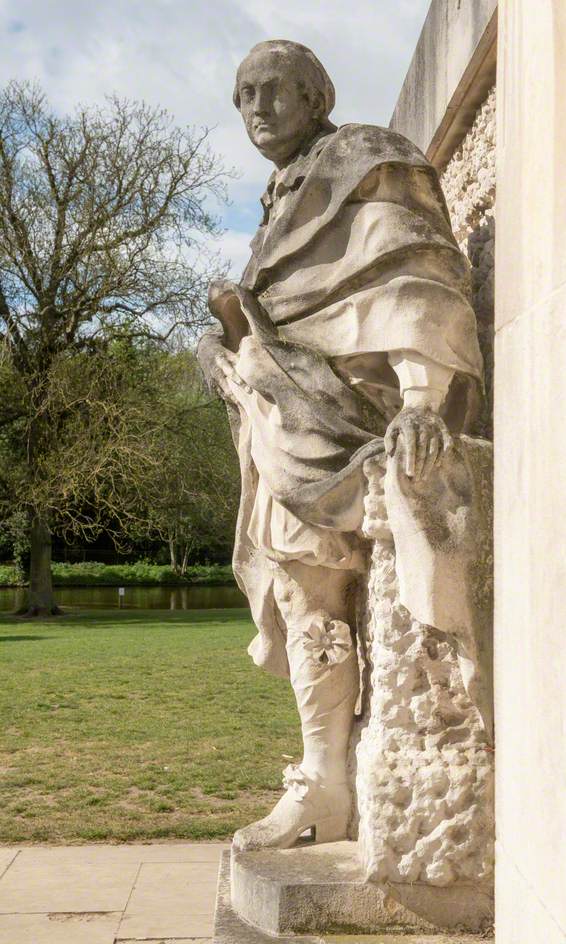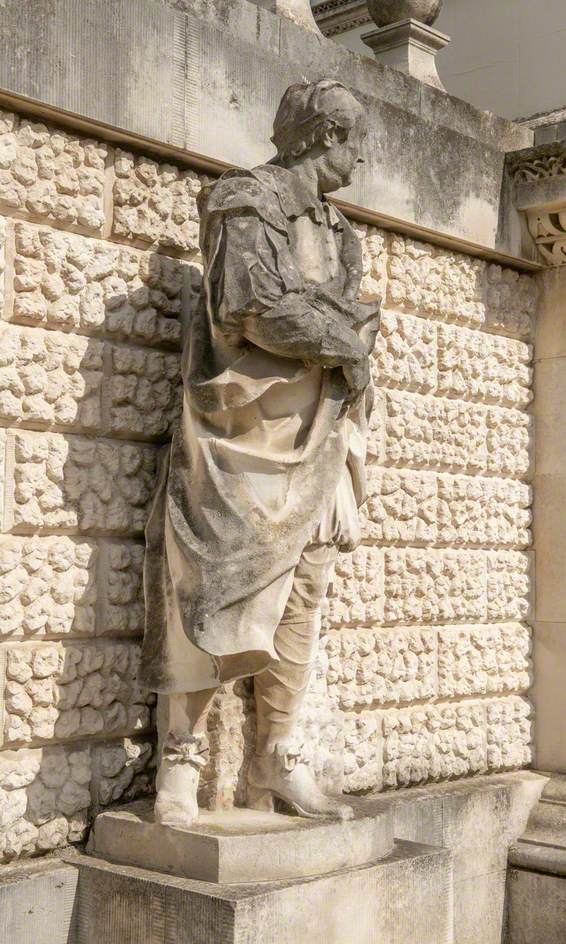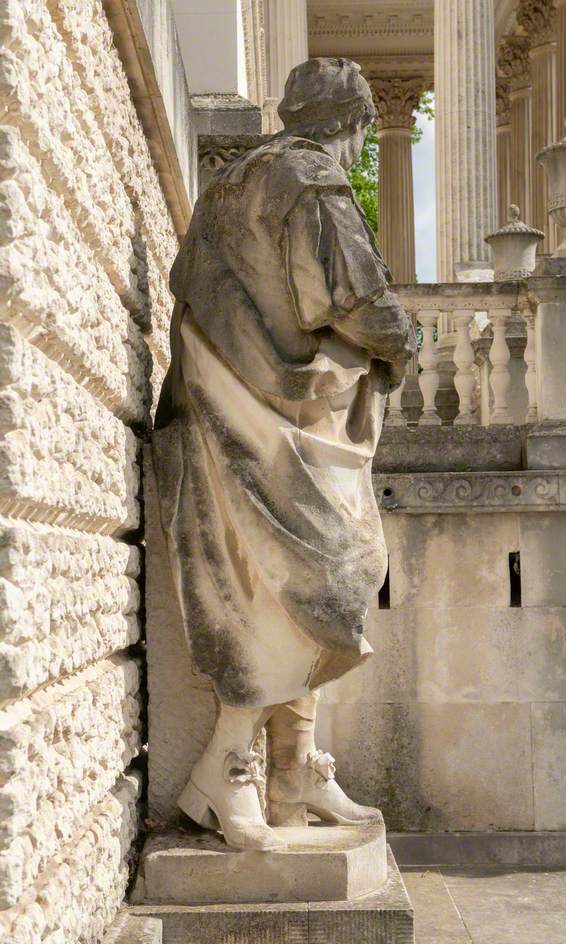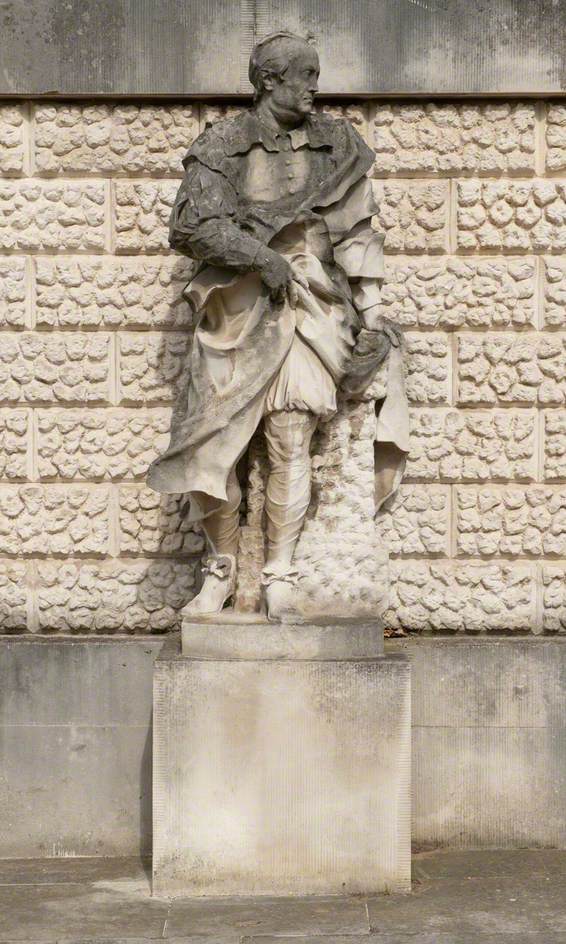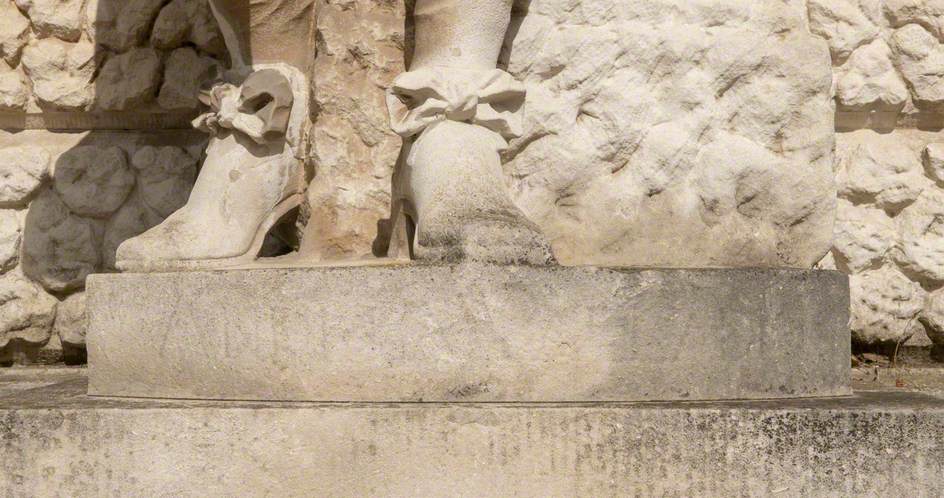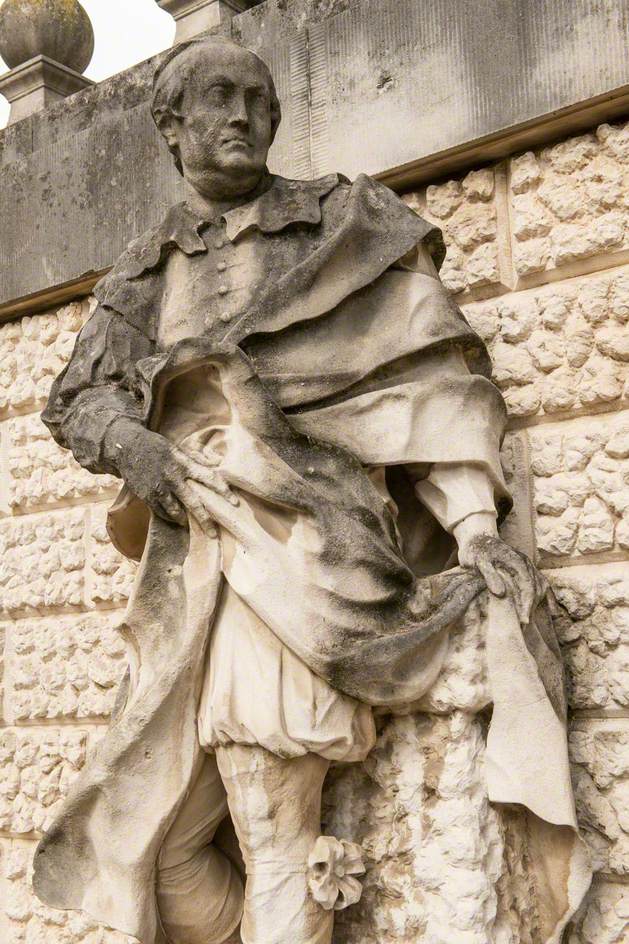How you can use this image
This image can be used for non-commercial research or private study purposes, and other UK exceptions to copyright permitted to users based in the United Kingdom under the Copyright, Designs and Patents Act 1988, as amended and revised. Any other type of use will need to be cleared with the rights holder(s).
Review the copyright credit lines that are located underneath the image, as these indicate who manages the copyright (©) within the artwork, and the photographic rights within the image.
The collection that owns the artwork may have more information on their own website about permitted uses and image licensing options.
Review our guidance pages which explain how you can reuse images, how to credit an image and how to find images in the public domain or with a Creative Commons licence available.
Notes
Add or edit a note on this artwork that only you can see. You can find notes again by going to the ‘Notes’ section of your account.
The figure leans left against a rusticated plinth set against the wall. He has a portly physique and full face and wears a soft cap over his short hair. He is dressed in the same seventeenth century style as the figure of Jones that stands opposite.
Lord Burlington had a strong affinity to both men, whose designs he admired and collected. Eventually, he amassed a significant number of their drawings and designs. Palladio's work was published, alongside the ancient monuments that inspired him, in a compendium entitled ‘The Four Books of Architecture’ which Burlington produced at his own expense (1716–1720)
Title
Andrea Palladio (1508–1580)
Date
c.1717
Medium
stone
Measurements
Plinth: H 73.5 x W 82 x D 63.5 cm;
H 200 x W 86 x D 55 cm
Accession number
88003164
Work type
Statue
Inscription description
below figure: ANDREA PALLADIO
